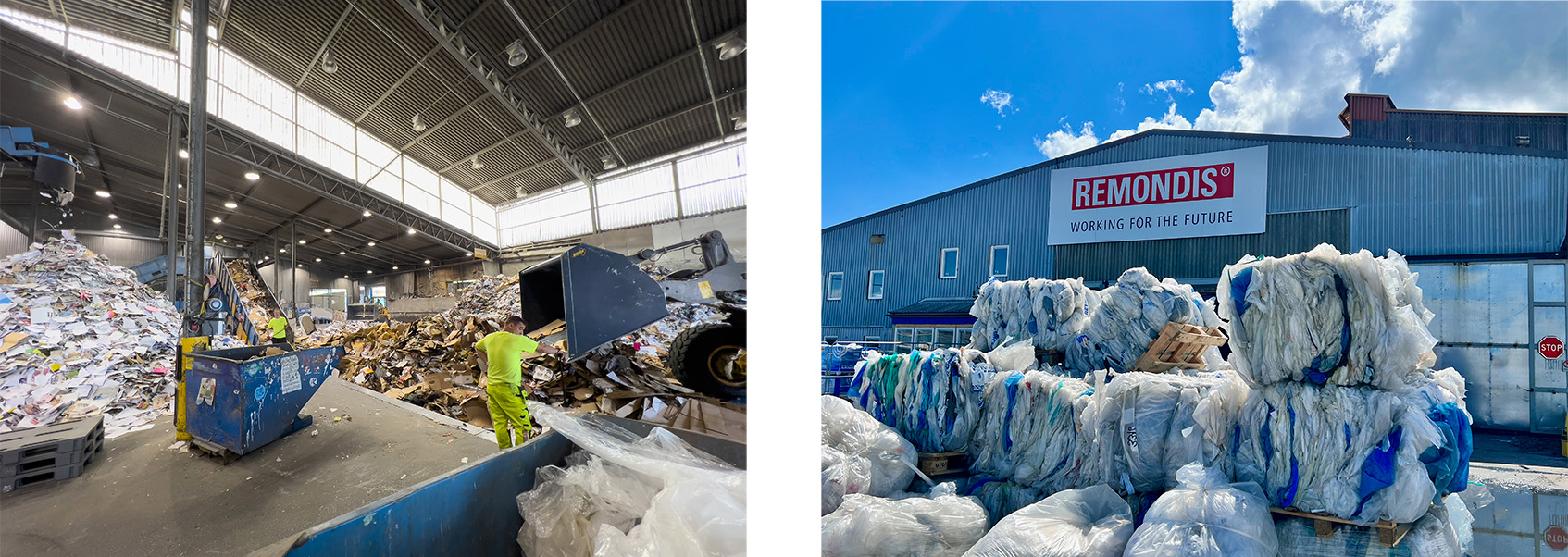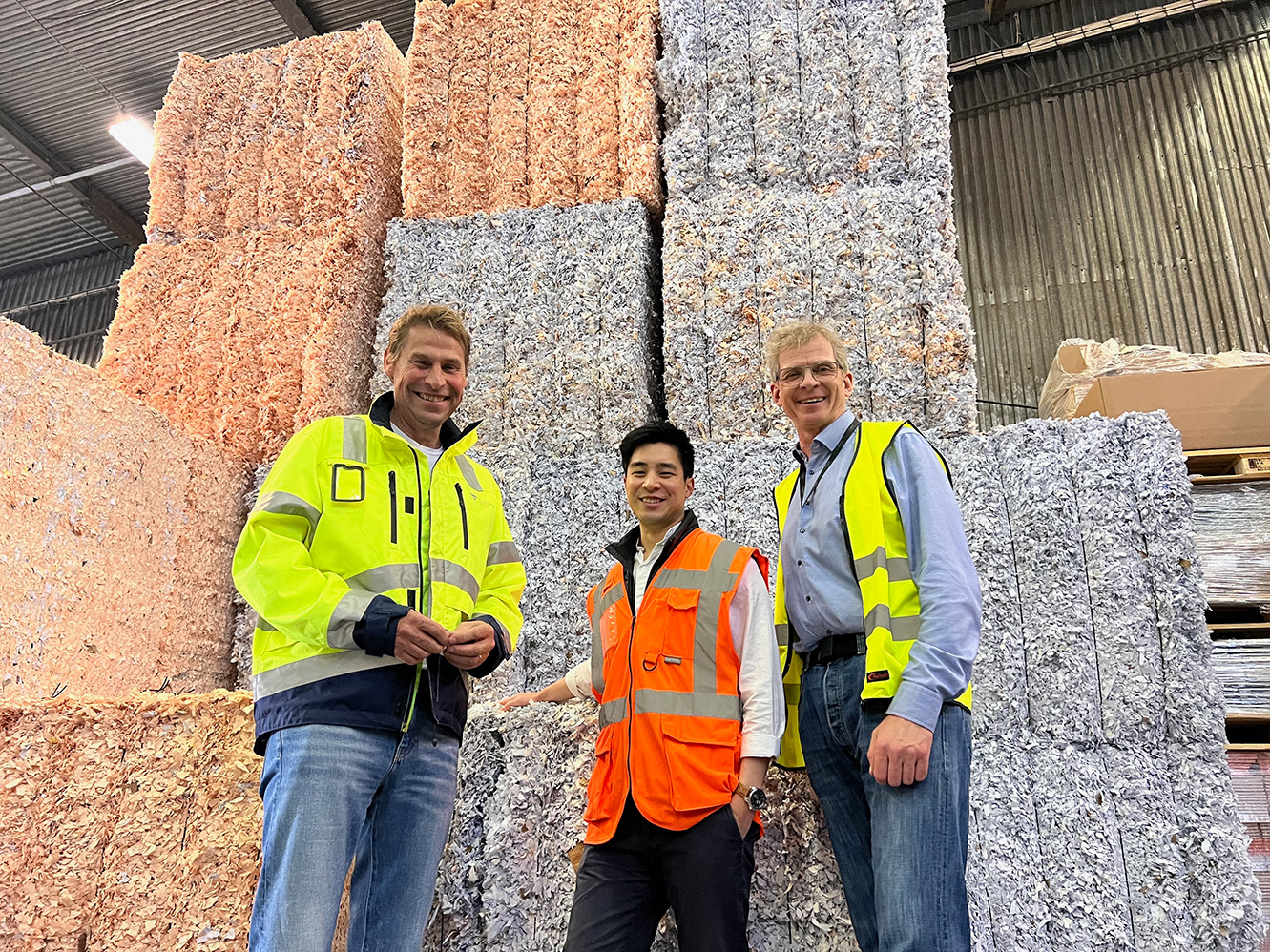14th December 2022
Crane Currency Recycles Banknote Paper into Tissue Paper
INCREASED FOCUS ON CIRCULAR ECONOMY
As a leading manufacturer of banknote paper, recycling is high on Crane Currency’s agenda. Sending waste to incineration to produce heat for central heating and generate electricity is one conventional alternative – but there are others. As part of an ongoing sustainability program, Crane is finding new solutions for recycling banknote paper waste generated from its paper mill in Tumba, Sweden. Today, tons of shredded banknote paper are being recycled by a consumer paper mill in the Netherlands, producing high-volume tissue paper.
The new program runs in cooperation with Remondis, the waste management supplier for Crane’s paper mill.

“Crane’s sustainability ambition is to continuously improve and streamline production. Our priority is always to recycle as much paper waste as possible internally and bring it back into production. Recycling the remaining waste externally together with Remondis is a natural and strategic step for us. It decreases our environmental footprint, lowers our financial cost, and meets increasing external government and customer demands,”says Chris Chong, Environmental Specialist at Crane Currency.
Internal Recycling and Efficient Processes
The paper mill in Tumba outside of Stockholm is producing durable and secure banknote paper for the global market. Crane has traditionally been able to recycle around 60 percent of the paper waste internally.
The remaining banknote paper waste was previously sent to incineration at a local energy facility, generating electricity and heating for households and businesses in the southern Stockholm area.
Going forward, that waste, which is in fact a valuable source of fiber, will increasingly find its way into consumer papers, e.g., toilet paper, household towels and facial tissue all of which must meet unique cost and strength criteria.
Remondis, a Global Recycling Company
Remondis is one of the world’s largest waste recycling and services companies with approximately 40,000 employees worldwide. In Sweden, the company has more than 600 employees working from 30 sites. Since the spring of 2022, Remondis is also a waste management supplier for Crane’s paper mill in Tumba.
“Tissue and household paper is an effective way to use recycled banknote paper from Crane since it contributes well to the absorption capacity of the final tissue product. Papermills are constantly looking for new solutions and recipes so we might see banknote paper waste in more products in the future,” says Peter Lemberg, Senior Account Manager at Remondis Sweden.

The Process from Banknote Paper Waste to Tissues
Paper waste that cannot be internally recycled is first shredded at the paper mill. The shreds are transported weekly to Remondis’ recycling site in Västberga, Stockholm, which has a capacity of handling a total of 48,000 tons of recycled paper per year.
The shredded paper is compressed into bales which each weigh 800 kilograms. The bales are sent to a facility in the Netherlands to be ground and turned into large rolls, consisting of office and newsprint papers mixed with the wastepaper from Crane, that amounts to approximately 2-3 percent of the roll. These rolls are then transported to a well-known tissue paper producer in the Netherlands.
Strategic Sustainability Program
The new banknote paper recycling initiative is part of a strategic sustainability program within Crane Currency. The company recently invested in a new water filtration system at the Tumba paper mill, reducing water consumption by as much as 500,000 cubic meters per year (130 million gallons).
“We will continue identifying new opportunities to recycle materials from our banknote paper production in Tumba. Recycling is in accordance with the EU waste hierarchy and brings us closer to a circular economy, and it is both profitable and environmentally friendly,”says Chris Chong.

Left to right: Peter Lemberg, Senior Account Manager at Remondis; Chris Chong, Environmental Specialist; and Anders Marklund, Material Handling Manager.